A display case designed with the participation of an exhibit conservator is an efficient
Use of museum display cases as a means of improving the control of the indoor environment for the conservation of works of art. Display cases is a structure that surrounds museum collection volume of space, in which one or more objects are contained for protection against the different agents of deterioration.
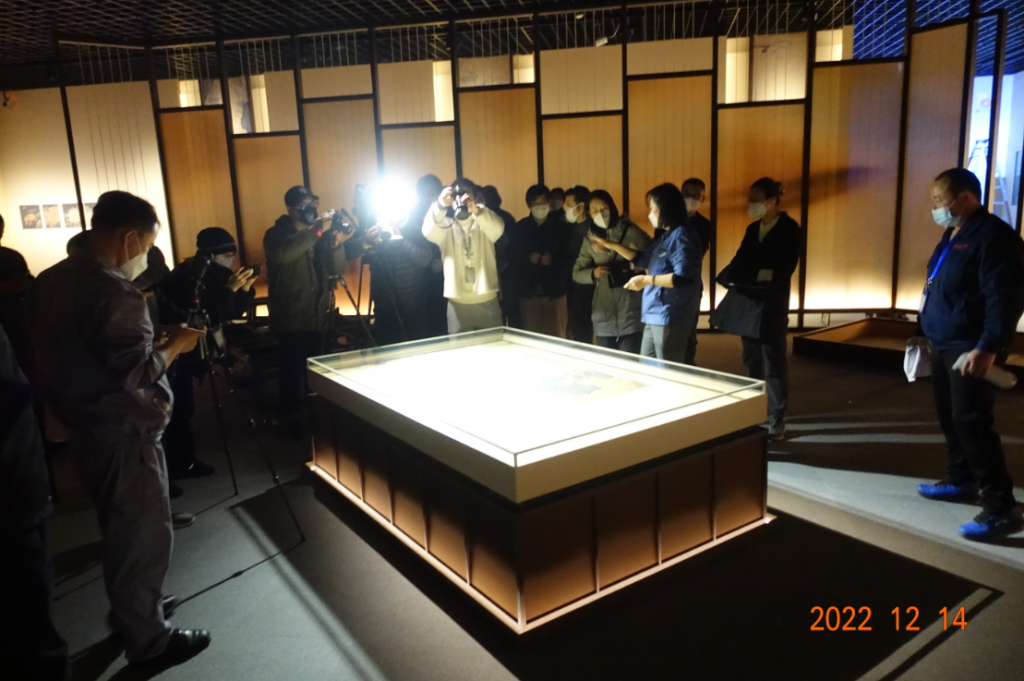
Design cases as protective enclosures. Take advantage of a well-designed case to control the microenvironment of sensitive collections.
So ,The design of a conservation-grade case presents technical challenges for museum showcase manufacturer,requiring significant oversight by the designer and conservator. A good design for a Museum Display Case to fulfill conservation criteria, functional requirements must be clearly and specifically stated. Conservation features should be discussed with the exhibit conservator early in the design process. A case designed with the participation of an exhibit conservator is an efficient and often cost- effective way to meet conservation criteria for an object.
From December 17, 2022 to January 1, 2023, Shanghai Museum held the “Rui Se Ning Guang” Auspicious Color and Condensing Light – special exhibition of the secret K’ossu treasure of Ducklings in the Lotus Pond. In order to display the largest individual K’ossu cultural heritage handed down by Zhu Kerou in the Southern Song Dynasty, which was once featured on the column of “National Treasure” on CCTV. Relicase and Display & Design Department of Shanghai Museum 、 Cultural Relics Protection Center jointly designed and formulated the whole integrated display case system solution

Latest news
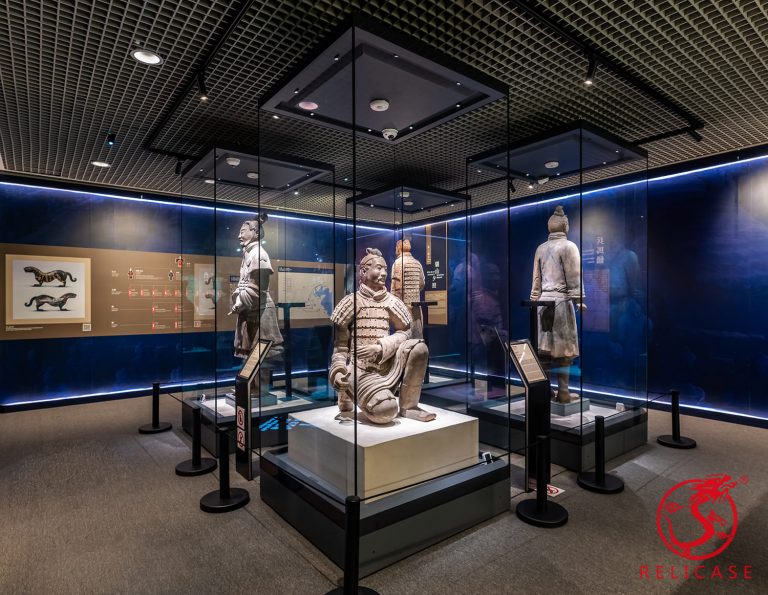
Relicase at Macau Museum: Safeguarding Heritage, Celebrating Legacy
Macau Museum: “Edification of the Masses — Cultural Treasures from the Zhou, Qin, Han, and Tang Dynasties” A Landmark Embraces Innovation The Macau Museum stands proudly atop the historic Mount Fortress, next to the famous Ruins of St. Paul’s. As an iconic symbol of Macau’s history and multicultural heritage, it now embraces the touch of…
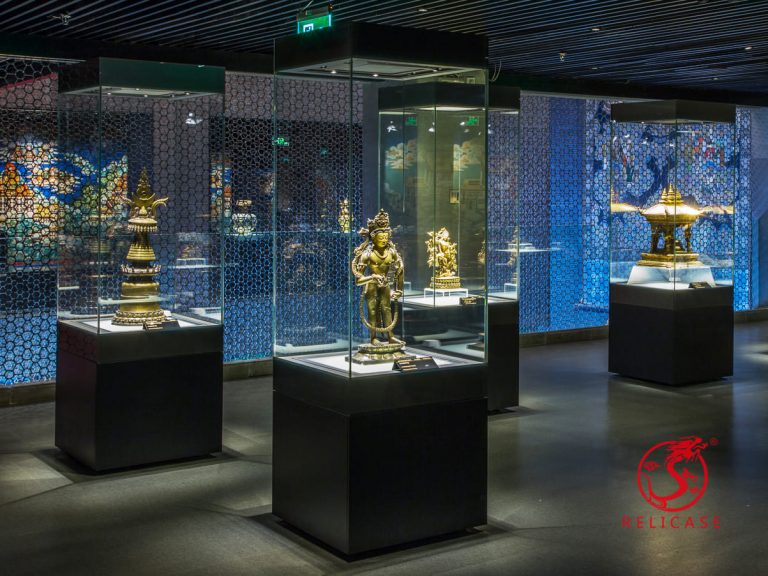
Potala Palace
Abstract On April 26, 2017, Relicase completed the showcase project for the Treasure Hall of the Potala Palace in Tibet. The Collections Hall spans three floors and is divided into two major sections, showcasing a total of 273 individual artifacts and replicas, as well as 155 sets of artifacts (or 159 sets, including 147 sets…
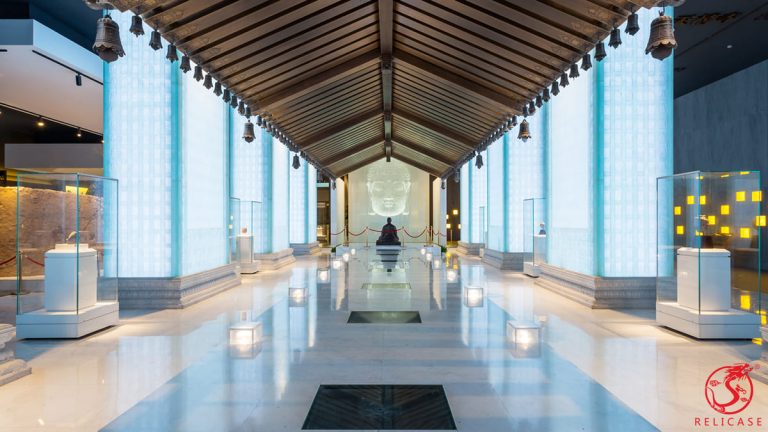
Porcelain Tower of Nanjing
Abstract The Porcelain Tower of Nanjing, named and constructed by Emperor Yongle of the Ming Dynasty to honor his parents’ boundless love and virtue, stands as a symbol of filial piety. Celebrated in Du Mu’s poetic lines, “Four hundred and eighty temples of the Southern Dynasties, how many pavilions linger in the mist and rain,”…
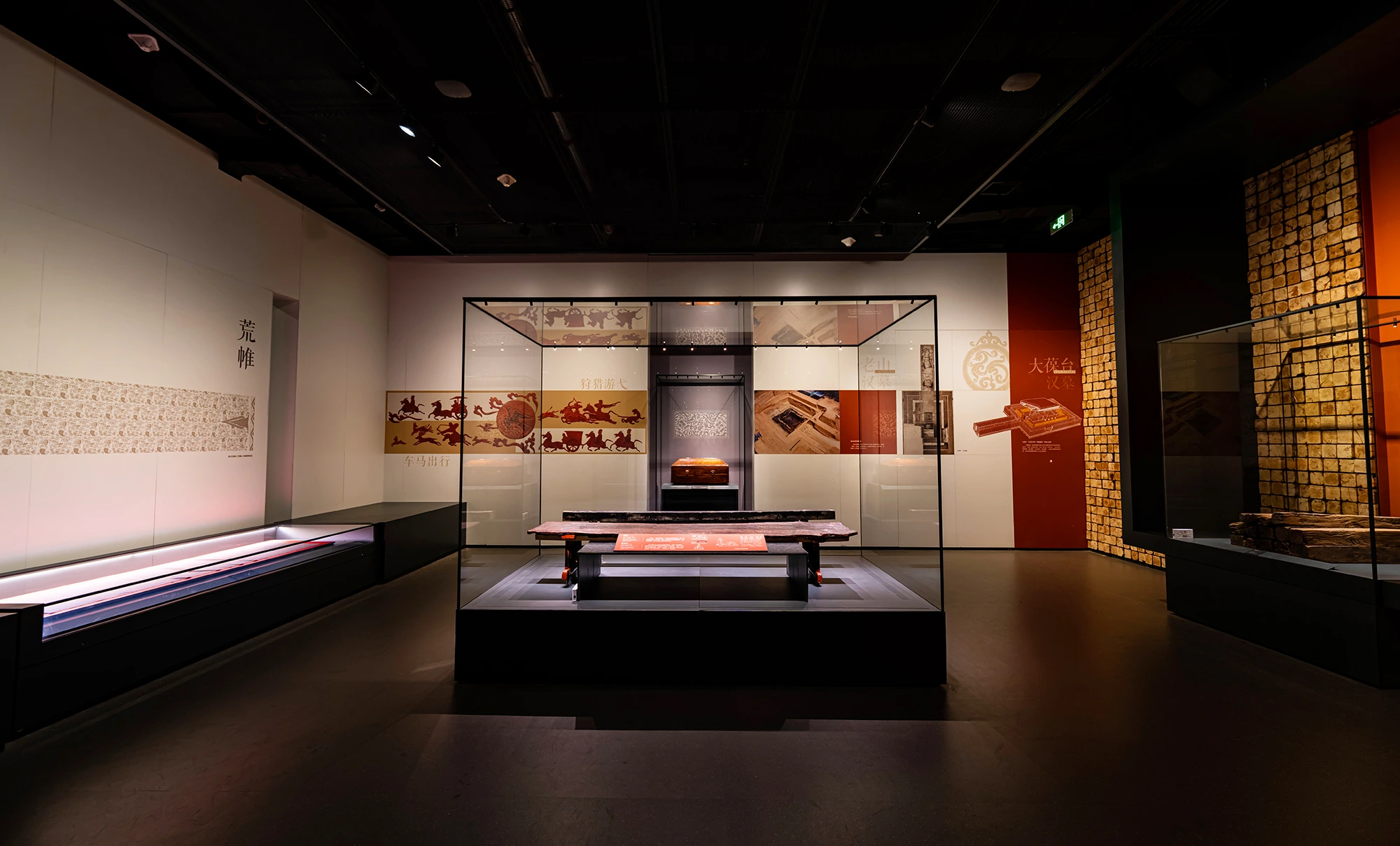
The basic guide to Museum Showcase Glass
As museums continue to modernize, the glass used in display cases has undergone a remarkable transformation to meet ever-evolving requirements for safety, visibility, and artifact preservation. The shift from basic transparent materials to specialized, high-performance glass highlights the strides made in exhibition technology. The Journey of Museum Showcase Glass Historically, glass in museum showcases was…

How to Design Lighting for Museum Display Cases
Museum display cases are freestanding, touchable structures. To comply with engineering safety standards, the lighting inside these cases should operate on low-voltage input. Relicase, in line with national standards, ensures the display cases they manufacture meet the following specifications: 1. Protective or isolating measures must be in place between the lighting fixtures and the display…

Display Case Project Research: French Pavilion Shanghai Expo 2010
Project Introduction Architect: Jacques Ferrier Architectures Scenography Engineering: Scenos-associes Vitrines Design: Scenos-associes Vitrines Fabricate & Installation: Relicase Originally constructed as a train station for the 1900 World Fair, the Musée d’Orsay is situated in Paris on the left bank of the Seine River. It has served as a hotel, auction house, and post office for…
